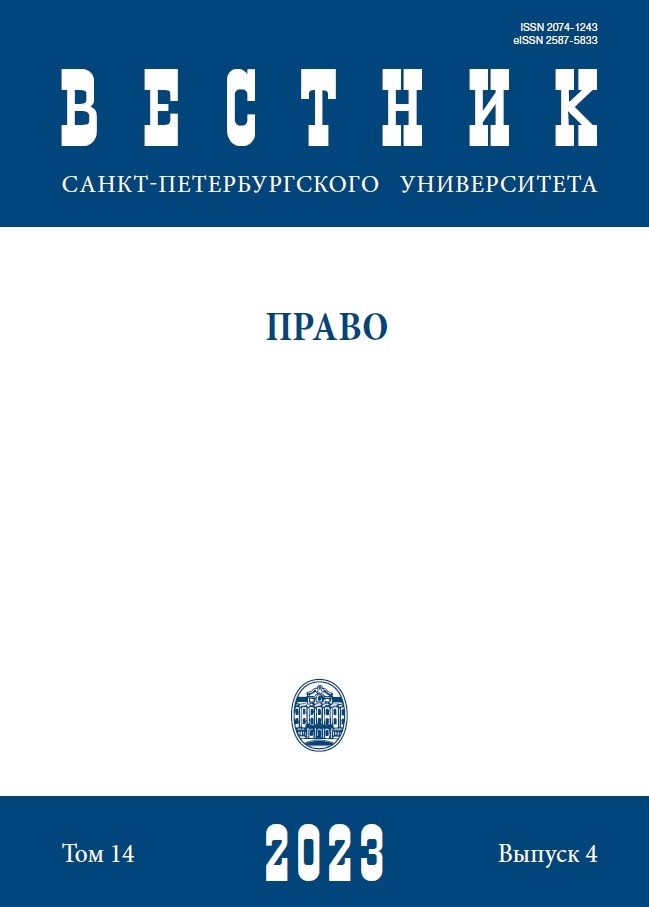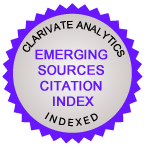Impact of COVID-19 on crime in Russia
DOI:
https://doi.org/10.21638/spbu14.2023.412Abstract
The government of the Russian Federation, like most countries, has taken a number of measures to counter the spread of the coronavirus (COVID-19) pandemic. We analyzed the crime rate in the Russian Federation before the introduction of the COVID-19 containment measures and during their implementation to assess the effectiveness of measures to combat crime during the COVID-19 pandemic. We describe the tendencies in the development of the main types of crimes: murder and attempted murder, intentional infliction of grievous bodily harm, robberies, and residential burglaries. Our analysis used econometric research methods: we built correlation regression models of the number of registered crimes and calculated seasonal indices of changes in the crime rate, the results of which made it possible to calculate the predicted crime level in Russia. We determined that before the introduction of the COVID-19 containment policy, the number of current registered crimes in the Russian Federation was characterized by a high dependence on the dynamics of previous years; the number of investigated types of crimes was steadily decreasing, but in the months with official holidays(January, March, May) the number of murders and crimes related to deliberate harm to health increased. Over the 9 months after the introduction of COVID-19 in Russia, the number of murders, crimes related to the intentional infliction of grievous bodily harm, and the number of reported robberies was higher than the expected values, while the number of residential burglaries was reduced.
Keywords:
COVID-19, crime burglary, robbery, murder, containment measures, burglary dwelling, domestic violence, pandemic
Downloads
References
Downloads
Published
How to Cite
Issue
Section
License
Articles of "Vestnik of Saint Petersburg University. Law" are open access distributed under the terms of the License Agreement with Saint Petersburg State University, which permits to the authors unrestricted distribution and self-archiving free of charge.






